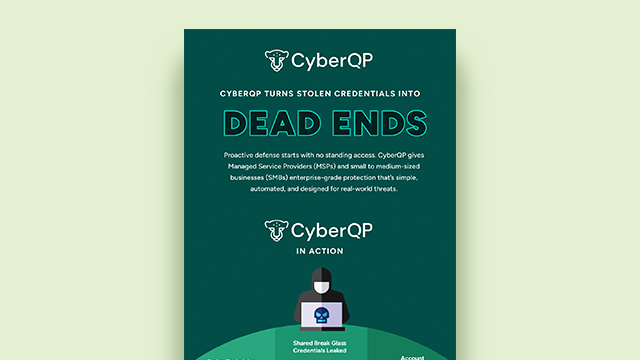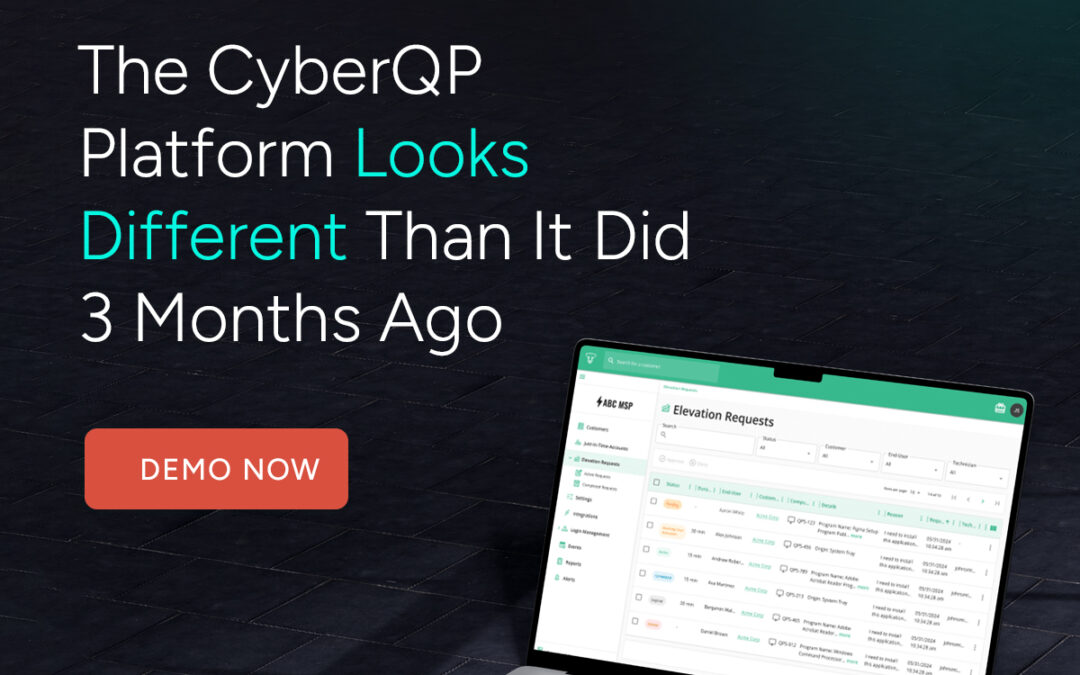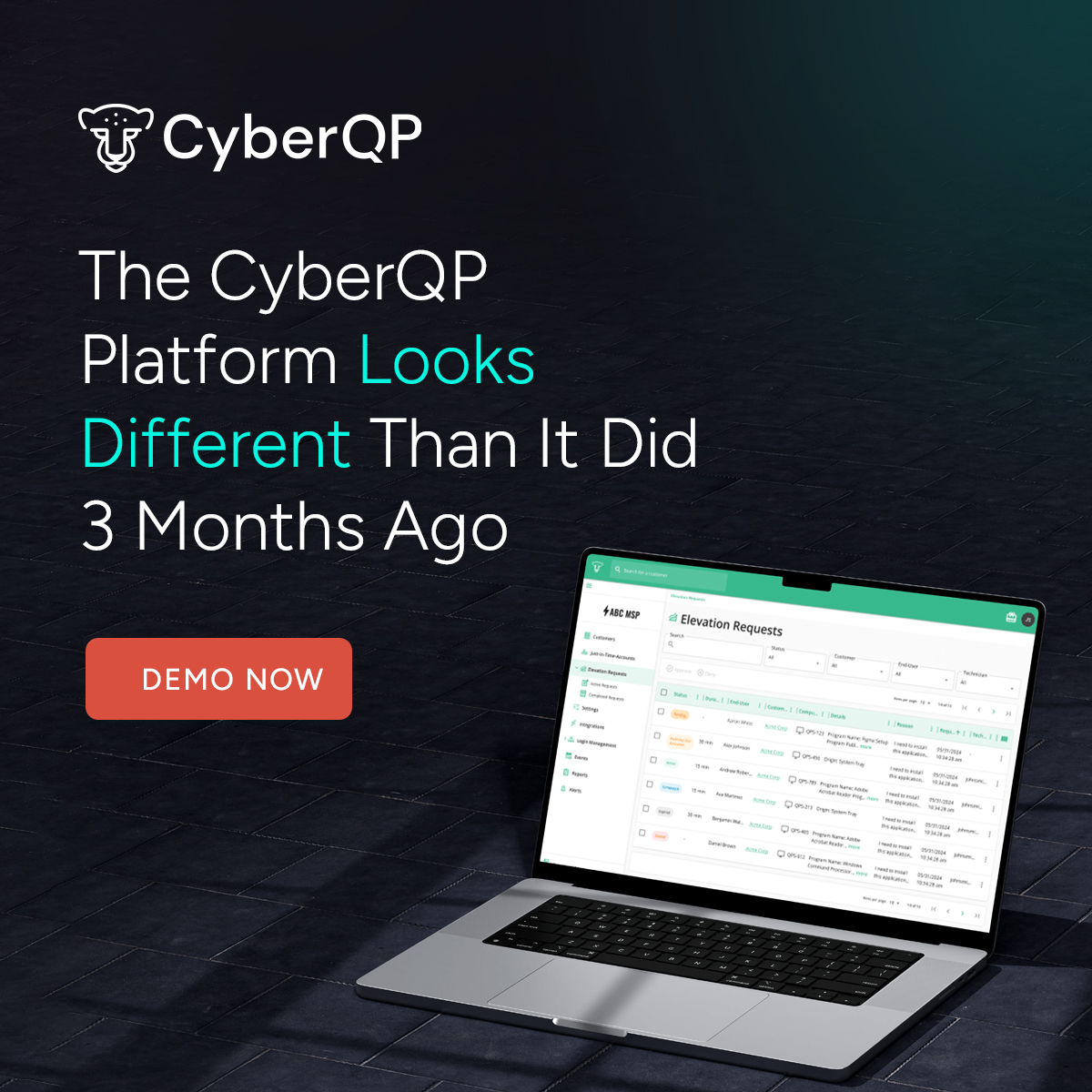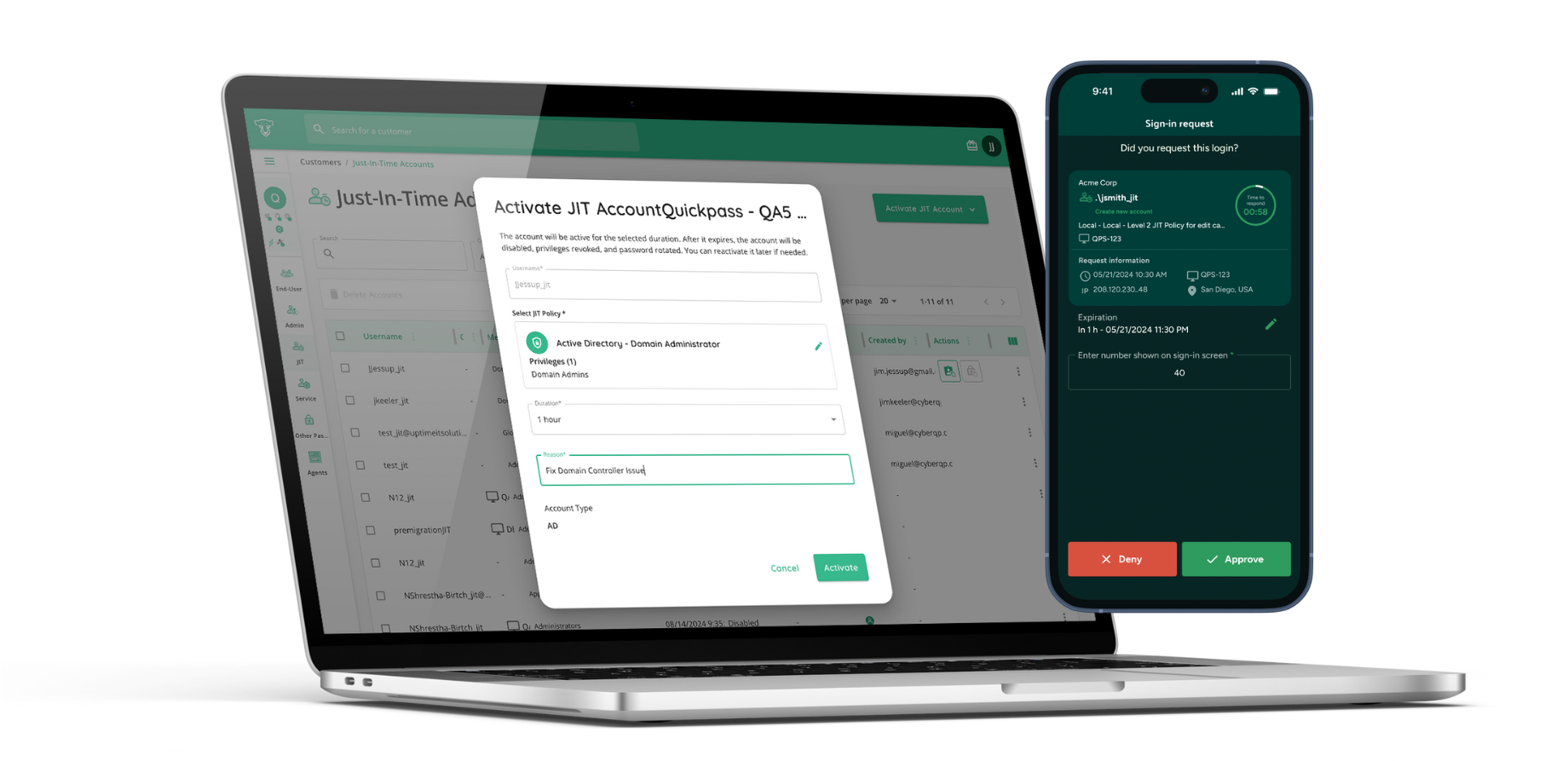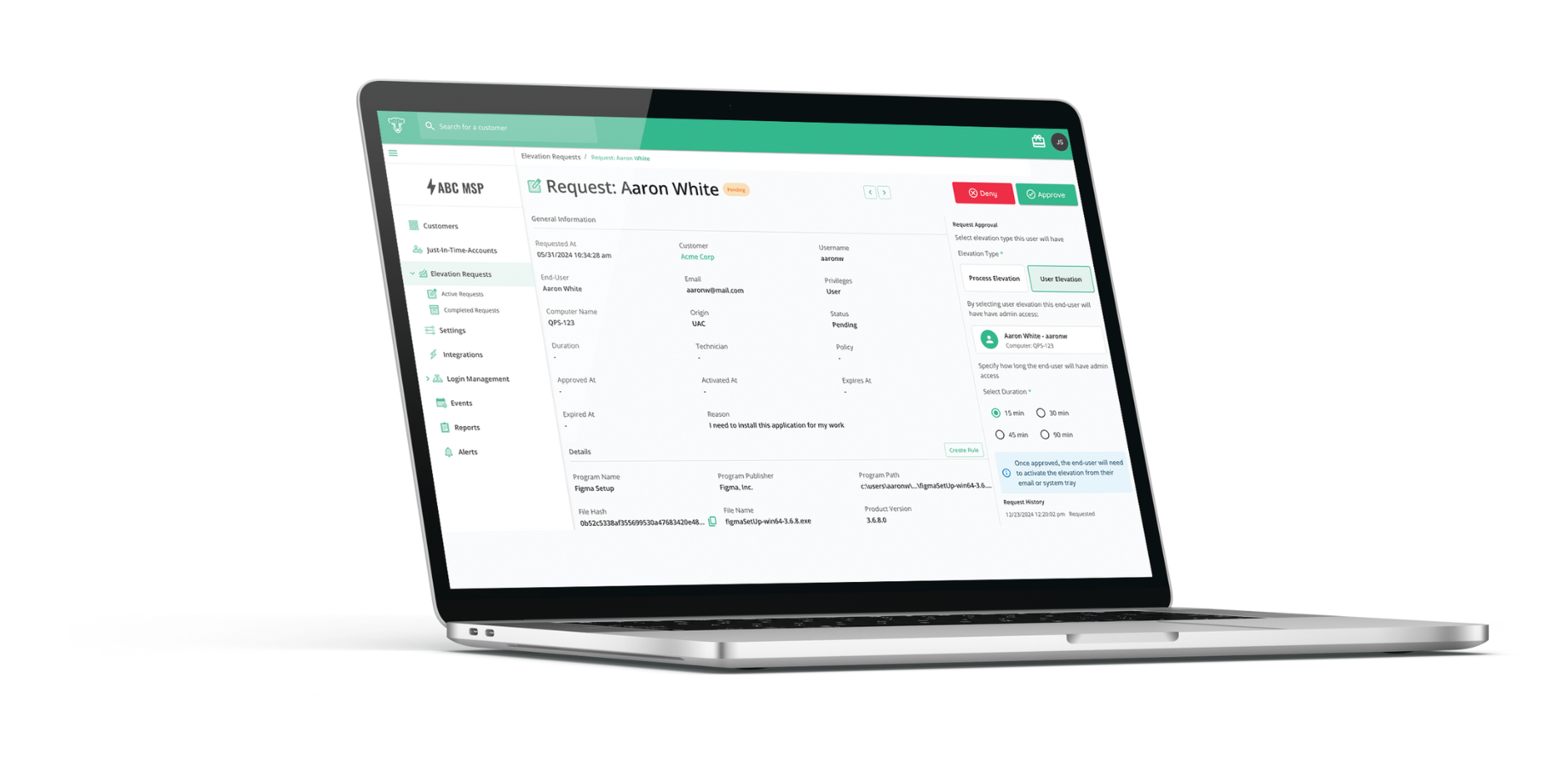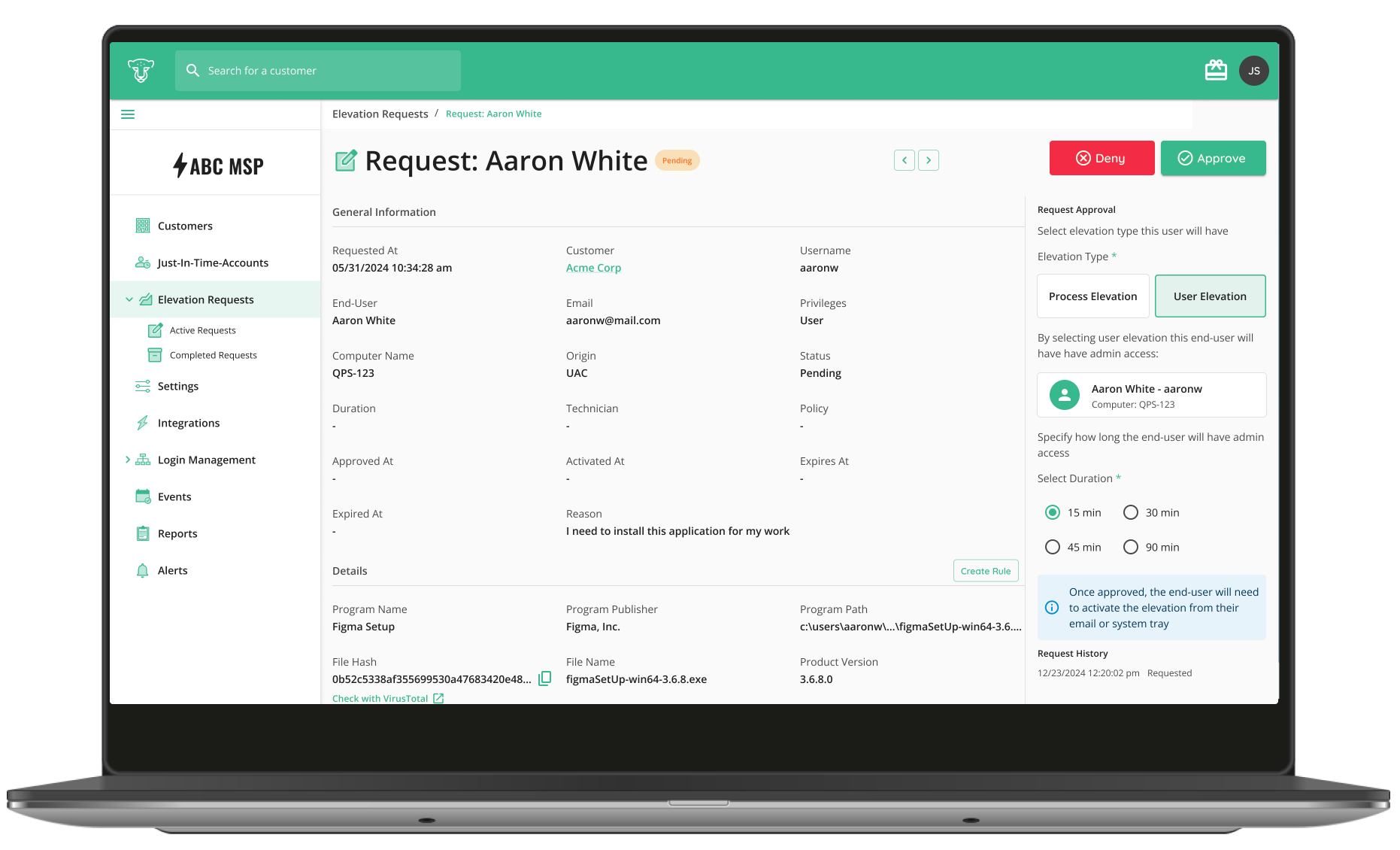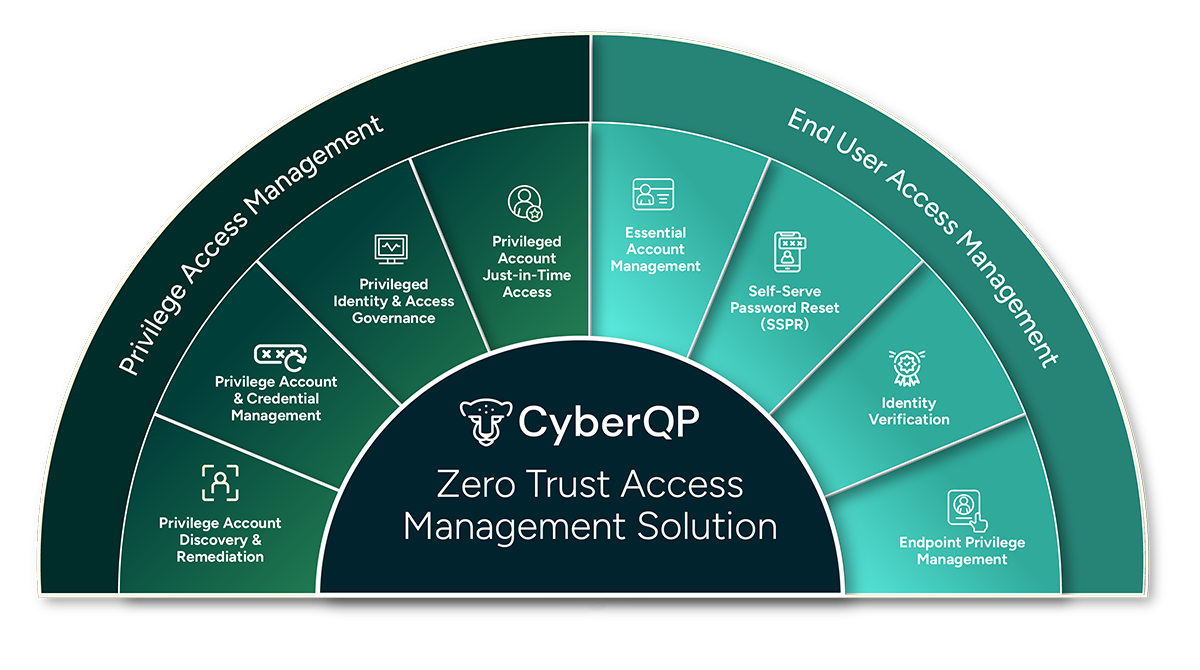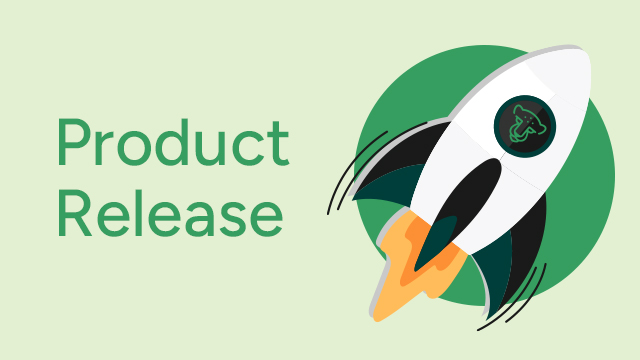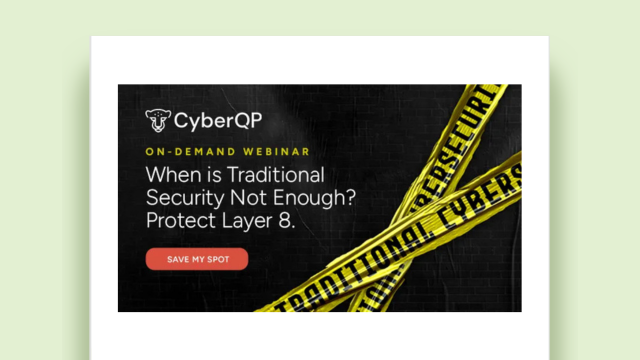
When is Traditional Cybersecurity Not Enough? Protect Layer 8.
ON-DEMAND webinar
When is Traditional Cybersecurity Not Enough? Protect Layer 8.
About this Webinar
Traditional cybersecurity tools are built to protect networks, endpoints, and data. But what about the humans behind the screens? In this session, we’ll explore how identity focused threats like social engineering and helpdesk impersonation attacks bypass traditional defenses and why protecting Layer 8 (the user) is critical to a Zero Trust strategy.
Event Details:
July 10th, 2025
Location: Virtual/On-Demand
Meet our Speakers

Paul Redding
SVP of Channel Marketing & Community

Nick Hilderman
Director of Information Security and Compliance

